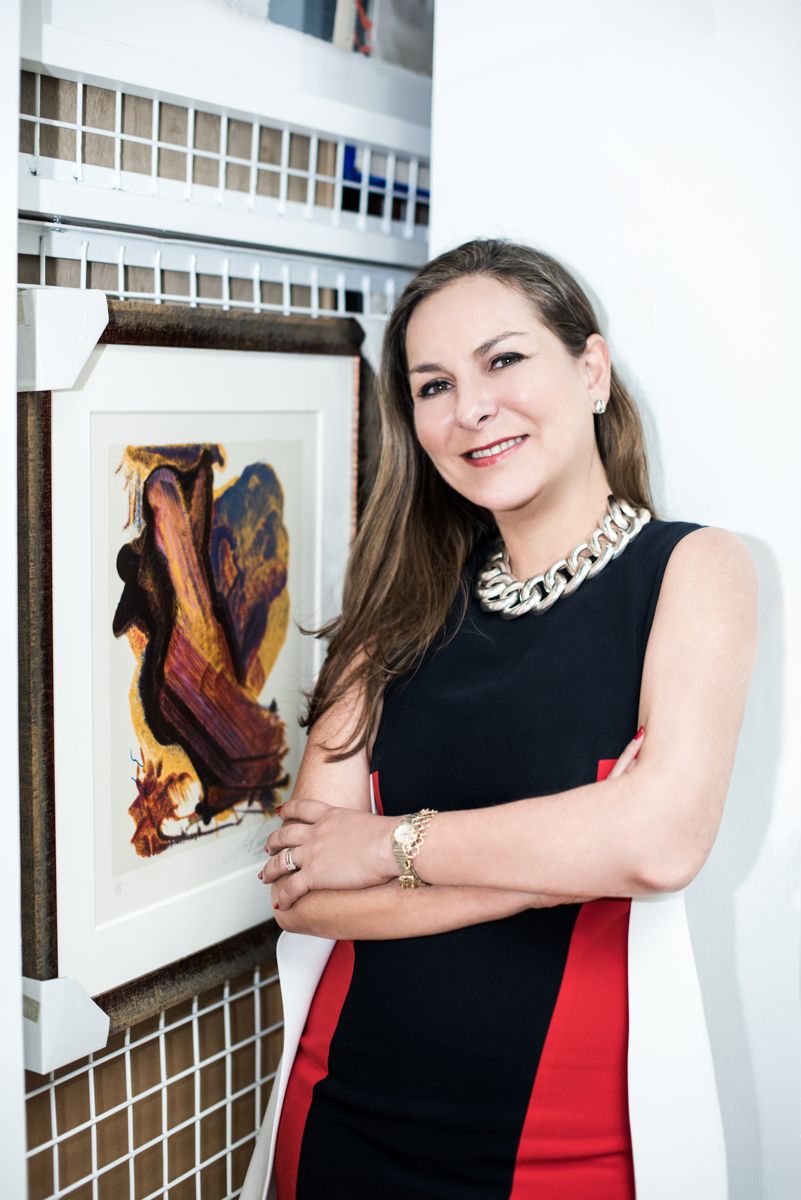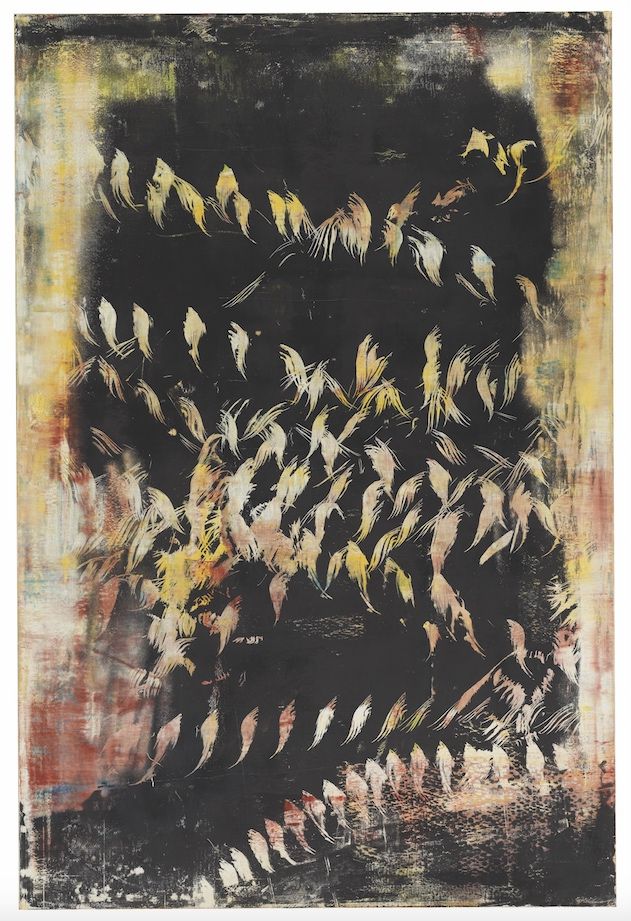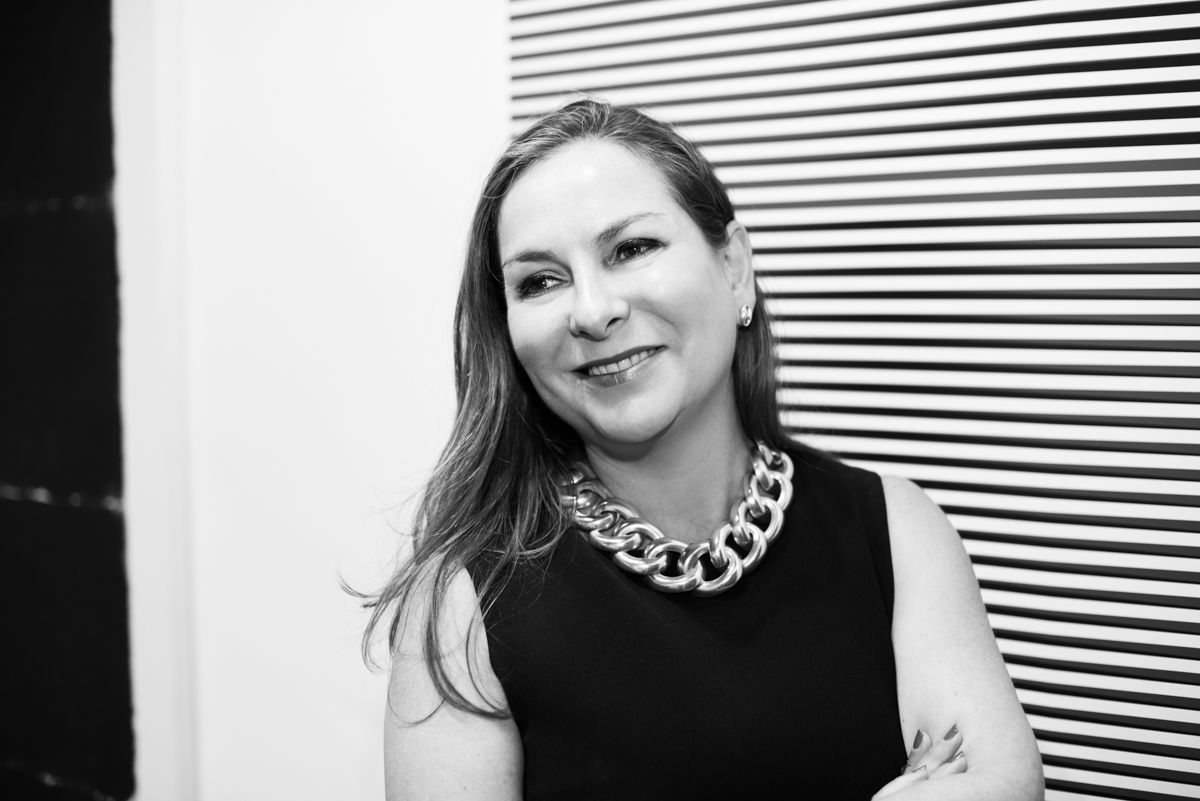The founder of Puerta Roja recalls the moment she was first bowled over by a work of art and reveals the obsession she's inherited from her father
Art gallery Puerta Roja is not only unique in Hong Kong—it's unique in the whole of Asia. Founded in 2010 by Adriana Alvarez-Nichol, Puerta Roja is the only gallery on the continent that specialises in art from Spain and Latin America, shining a light on part of the world that was previously overlooked by many art lovers.
In its Sheung Wan space, Puerta Roja has showcased everything from woven sculptures by Mexican artist Héctor Velázquez to Venezuelan painter Carlos Cruz-Diez's candy-coloured canvases. This commitment to presenting a wide range of works was on show in the gallery's recent exhibition celebrating its eighth anniversary, Reflections, which was co-curated with six other galleries from around the world and featured paintings and sculptures by 12 artists.
As that anniversary show comes to a close, Adriana looks to the future and introduces the latest artist to join her gallery: Chilean sensation Fernando Prats.
What was the first piece of art that moved you?
I remember the first time I was conscious of being in front of an "artwork". I was 12 at the time and visited an exhibition close to our home about surrealism with my sister. At the time, I did not fully grasp its meaning, but the impression on me was instantaneous when I encountered a work by British-Mexican artist Leonora Carrington.
I was amazed at her ability to capture what seemed to be a dream world full of fantasy, emotion and hidden messages. She remains one of my favourite artists and I have been honoured to own and exhibit some of her work at Puerta Roja.




